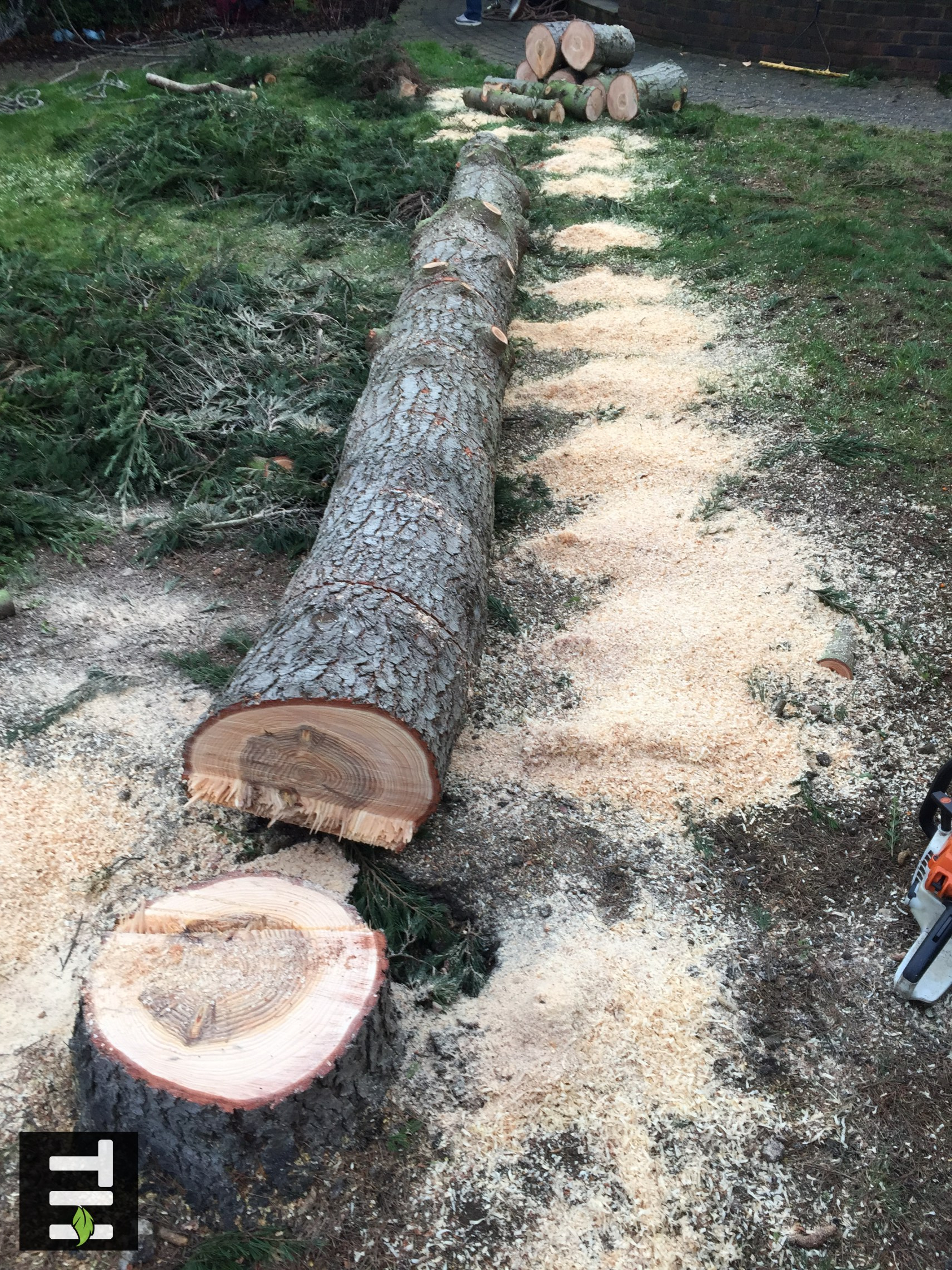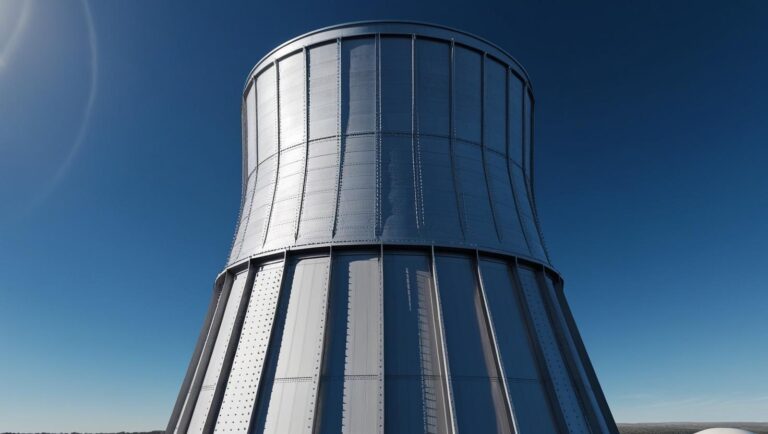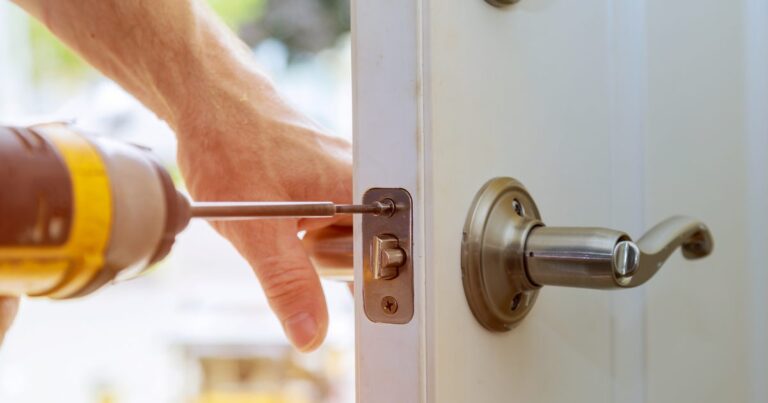Cedar Tree Removal: Everything You Need to Know
Cedar trees are admired for their beauty, durability, and versatility, but there may come a time when they need to be removed. Whether your cedar tree is posing a safety risk, impacting your property value, or simply taking up too much space, understanding how to tackle cedar tree removal is essential.
This guide will walk you through the key aspects of removing a cedar tree, including reasons for removal, steps involved, potential costs, and tips to ensure the process goes smoothly.
Why Cedar Tree Removal May Be Necessary
Cedar trees can grow tall and wide, sometimes up to 100 feet in height, with a wide canopy. While they serve as gorgeous landscape features, they can also raise concerns for property owners. Below are common reasons for cedar tree removal:
1. Potential Safety Hazards
Large cedar trees with weak or diseased branches can be dangerous. Falling limbs or trees could cause damage to homes, vehicles, or nearby power lines. If your tree appears unstable or has dead branches, removal might be the safest option.
2. Overcrowding or Overgrowth
Cedar trees can quickly dominate a yard, overshadowing other plants or consuming too much space. Their dense foliage also prevents sunlight from reaching the soil, negatively affecting the surrounding vegetation.
3. Pest or Disease Problems
Cedar trees can attract pests like cedar bark beetles, which may spread to other trees in your yard. Furthermore, diseases such as root rot can cause irreversible damage. If the tree is beyond saving, removal is often the best course of action.
4. Landscaping or Construction Projects
Sometimes, cedar trees need to be removed to make way for new landscaping designs or construction projects. Whether you’re expanding your home or just want a more open space, removing cedar trees may be part of the plan.
Steps for Cedar Tree Removal
While cedar tree removal can seem like a daunting task, following the right steps ensures it’s done safely and efficiently. Here’s a step-by-step guide:
1. Assess the Tree’s Condition
Determine whether the tree is dead, diseased, or posing a safety risk. Look for signs like discolored or brittle leaves, cracks in the trunk, or leaning branches. This will help you decide whether you need professional assistance or if DIY removal is possible.
2. Obtain Necessary Permits
Many municipalities require permits before removing a substantial tree from private property. Check with your local authorities to ensure you’re in compliance with any rules or regulations.
3. Gather the Right Tools
If you plan to handle the cedar tree removal yourself, you’ll need appropriate tools, including:
- Chainsaw
- Ladder
- Safety gear (gloves, goggles, hard hat, etc.)
- Ropes or pulleys to carefully control falling branches
For smaller cedar trees, hand saws may suffice. Be sure to account for cleanup tools like rakes and trash bags for debris removal.
4. Plan the Removal Process
Start by trimming lower branches to reduce weight and minimize risk. With the help of ropes or a partner, section the tree into manageable pieces to avoid unintended damage. If the tree is large or near structures, seriously consider hiring a professional.
5. Remove the Stump
After cutting down the tree, the stump may remain. Removing the stump helps prevent regrowth and clears space for other uses. Methods for stump removal include:
- Using a stump grinder
- Applying chemical stump remover
- Digging it out manually (for smaller stumps)
6. Dispose of Debris Responsibly
Cedar wood is often valued for its durability and aromatic qualities. Consider repurposing the wood for furniture, mulch, or firewood. Otherwise, arrange for professional debris removal or check if your local waste management service offers tree debris collection.
How Much Does It Cost to Remove a Cedar Tree?
The tree removal cost for cedar trees varies based on several factors, including the size of the tree, its location, and the complexity of the project. Here’s a breakdown of cost considerations:
1. Size of the Tree
Larger cedar trees typically cost more to remove due to the additional labor and safety precautions required.
- Small trees (up to 20 feet): $200–$500
- Medium trees (20–50 feet): $500–$1,000
- Large trees (50+ feet): $1,000–$3,000
2. Accessibility of the Tree
If the tree is located in a hard-to-reach area, such as a backyard with limited access or near power lines, removal costs may increase.
3. Stump Removal Costs
Removing the stump is an additional expense. Stump grinding typically costs $100–$400, depending on the size of the stump.
4. Emergency Removal Fees
Urgent situations like storm-damaged trees may incur higher charges for expedited service. On average, emergency removal can cost 20–50% more than standard rates.
Pro Tip
Get at least three quotes from reputable tree removal companies to ensure you’re getting a fair price.
Should You DIY or Hire a Professional?
While smaller trees may be manageable for a DIY project, larger cedar trees or those in challenging locations often require professional assistance. Here are some key points to consider:
DIY Removal
- Pros:
- Cost-effective
- Satisfaction of doing it yourself
- Cons:
- Potential safety risks
- Requires specialized tools
- Time-consuming and labor-intensive
Hiring a Professional
- Pros:
- Expertise ensures safety
- Quick and efficient
- They handle debris cleanup
- Cons:
- Higher upfront cost
If you’re unsure, consult with a certified arborist. They can assess the tree’s health, provide insights, and recommend the best course of action.
Tips for Selecting a Tree Removal Service
When hiring a professional for cedar tree removal, keep these tips in mind:
- Check Certifications
Look for certified arborists or reputable tree removal companies with verified credentials.
- Review Insurance Coverage
Ensure the company has liability insurance in case of accidental damage or injuries.
- Read Reviews and Testimonials
Online reviews and client testimonials can provide valuable insights into the company’s reliability and customer satisfaction.
- Get Everything in Writing
Request a formal estimate that outlines the scope of work, timeline, and total cost to avoid surprises.
- Ask About Cleanup Services
Some services may include stump removal and debris cleanup as part of the package.
Caring for Your Property Post-Removal
After removing a cedar tree, your property may need some TLC. Consider planting grass, shrubs, or other trees to restore the landscape. Mulching the area can also help improve soil quality and prevent erosion.
If you’d like to avoid the need for future tree removals, work with a landscape designer to plan a yard that considers the mature size and growth patterns of all your plants and trees.
Say Goodbye to Problematic Cedars with Ease
Removing a cedar tree doesn’t have to be overwhelming. Whether you’re dealing with hazardous branches, pest invasions, or a growing tree that’s outstayed its welcome, having the right information ensures a smooth process.
If you’re feeling unsure or need expert assistance, consider hiring professionals who specialize in cedar tree removal. Their expertise will save you time, effort, and stress.
Still have concerns? Comment below or reach out—we’re here to help!







